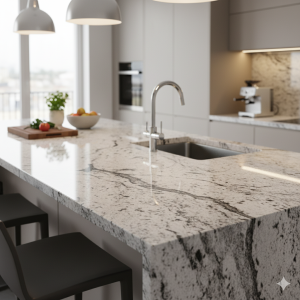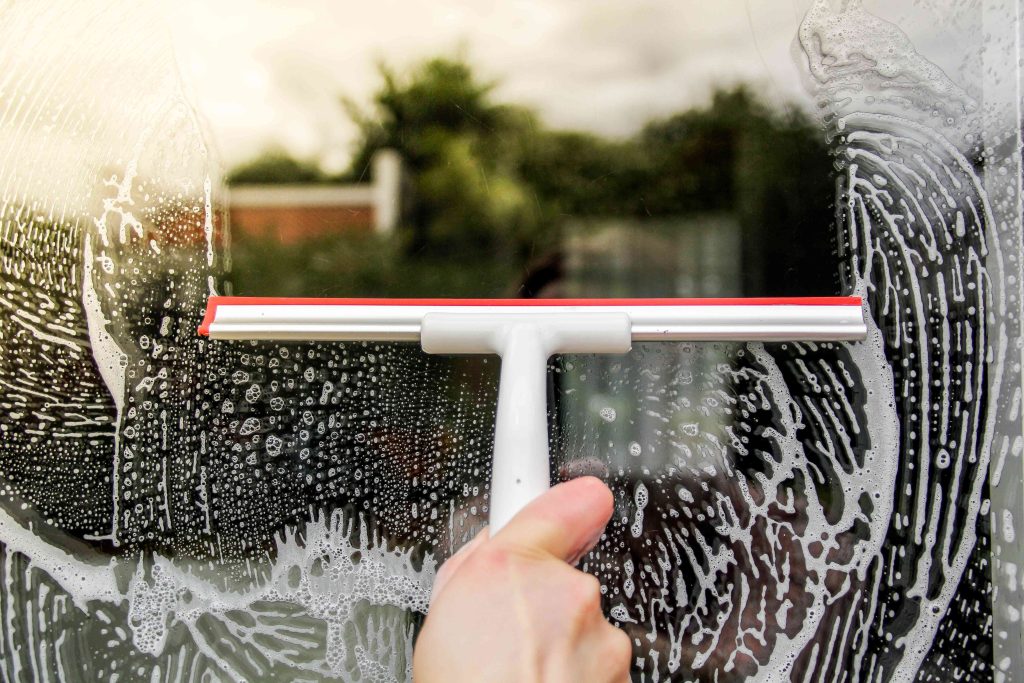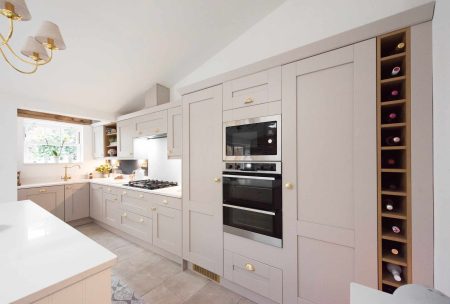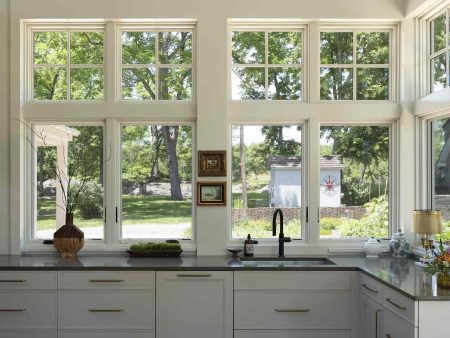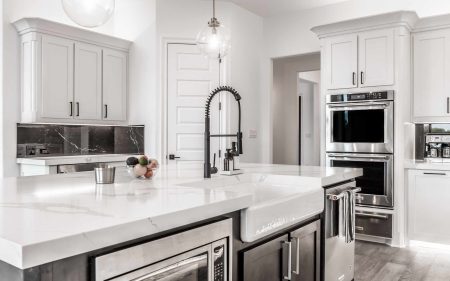Key Points
- New homes need upkeep—early issues can turn costly if ignored.
- Turning off HVAC or closing vents strains the system and wastes energy.
- You can clean modern wallpaper and should deep-clean carpets often.
Home maintenance tasks intended to be helpful can, in fact, cause damage over time. Whether your home is new or decades old, falling prey to common home maintenance myths can result in headaches and expensive repairs.
We consulted seven home maintenance experts across various fields to help you uncover home maintenance myths—and more effective alternatives.
New Construction Means No Maintenance
“New homes often lull owners into a false sense of security,” says interior designer and product designer Rachel Blindauer.
It’s easy to feel that you get a free pass with maintenance, at least for a few years.
“But the truth is, some of the most overlooked maintenance issues I encounter happen within the first year,” says Blindauer.
She cites settling cracks, improperly cured paint, or poor HVAC balancing as problems that often arise, even with new homes.
Blindauer recommends creating detailed six- and 12-month punch list reviews. Document issues with photographs. Flag anything, even if it’s just cosmetic, since minor issues may indicate more significant problems.
Want more home reno project tips and inspiration? Sign up for our free daily newsletter for the latest how-tos, reno guides, and more!
Don’t Miss
Turning Off HVAC Saves Energy
A common myth is that turning an HVAC system on and off throughout the day saves energy.
Not so, says Tim Alagushov with IRBIS Air, Plumbing & Electrical.
“This often results in the same or greater energy consumption. That’s because the system has to work harder to start up each time, which consumes a lot of energy.”
Similarly, if you let your home get too hot or too cold, your system will have to work significantly harder to lower the temperature to the desired level.
HVAC systems are designed to run consistently and efficiently over time, Alagushov says, so it’s actually better to leave them on and let them do their job.
It Doesn’t Matter When You Clean Your Windows
When your view is obscured with grime—and you’re feeling ambitious—you might think now is the best time to clean the windows.
Maybe, maybe not. It all depends on the time of day and sunlight, says Chris Hurd, Senior Director, Group Product Management at window manufacturer Marvin.
“Choose a time when the sun is not shining directly on the window,” Hurd says. “Sunshine exposure speeds up the drying of the washing solution.”
Hurd recommends cleaning windows before or after the sun is shining on them. Another great time is on cloudy days or when the windows are shaded.
Wallpaper Can’t Be Cleaned
Wallpaper can be a striking and gorgeous addition to walls, but it’s usually deemed too delicate for kitchens and bathrooms. That’s because wallpaper cannot be cleaned—or so the myth goes.
“This old-school idea stems from the days when wallpaper and humidity didn’t mix,” says Arvid Lithander, Creative Director & Co-Founder of Wild Palace.
But you can clean wallpaper, because today’s materials are more resilient.
Lithander recommends using vinyl-coated or non-woven wallpapers.
“They can handle steam, splashes, and the occasional overenthusiastic hand-washing,” he says.
Deep Clean Carpets Infrequently
You can hardly go wrong with frequent carpet vacuuming. Simply put, do it once or twice a week—maybe even more. However, frequent deep carpet cleaning is often considered too rough on the materials.
In reality, rugs—particularly those made of wool or handwoven—should receive professional cleaning every six to nine months, says Olivia Martin, an interior designer with Berberorugs.
“A year is too long to wait, when considering how dirt, allergens, and moisture can degrade natural fibers,” says Martin.
Schedule a deep clean before seasonal transitions, particularly spring and fall.
Close Vents to Save Energy
Closing HVAC vents in rooms must be a great way to save energy and money, right?
This is an HVAC mistake that costs homeowners in unnecessary repairs, says licensed general contractor Chris Hock, owner of Earth Saving Solutions.
“Your system is designed to move a specific volume of air through your ductwork,” Hock explains. “When you close vents, you create pressure imbalances that damage ductwork, strain your system, and increase energy costs.”
The better approach, says Hock, is to keep all vents open and use a programmable thermostat.
You Can Paint Over Mold
Since it’s so difficult to get rid of mold on walls and ceilings, an easier solution is to paint over the mold?
Bad idea. Doing so may lead to worse problems, says licensed contractor Paul Dashevsky, co-owner of home contractor GreatBuildz.
The best solution, of course, is to remove the mold. Barring that, Dashevsky says you’re better off treating moldy areas not with ordinary paint but with a primer-sealer-stainblocker designed for covering mold and mildew.
Read the full article here

